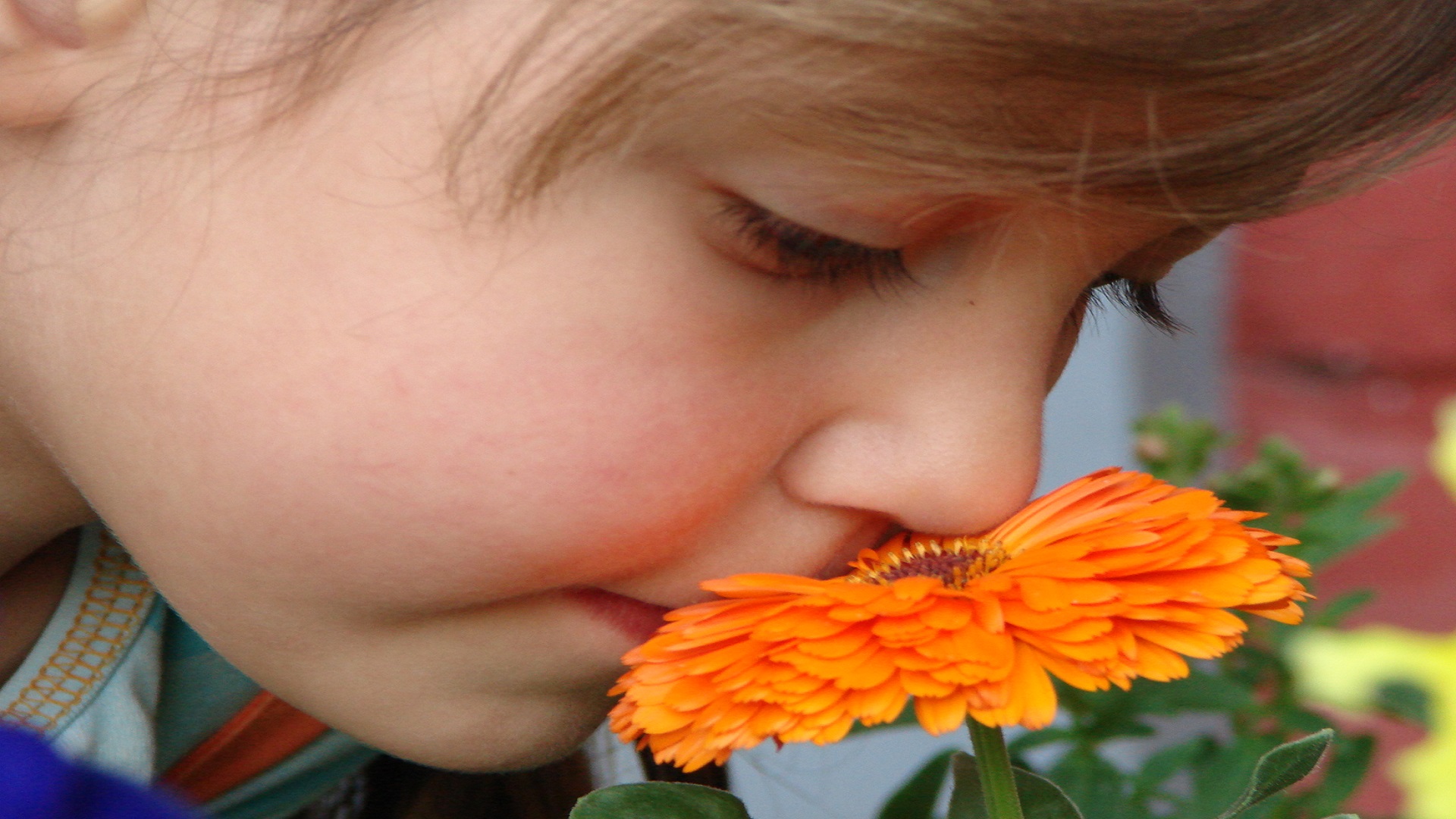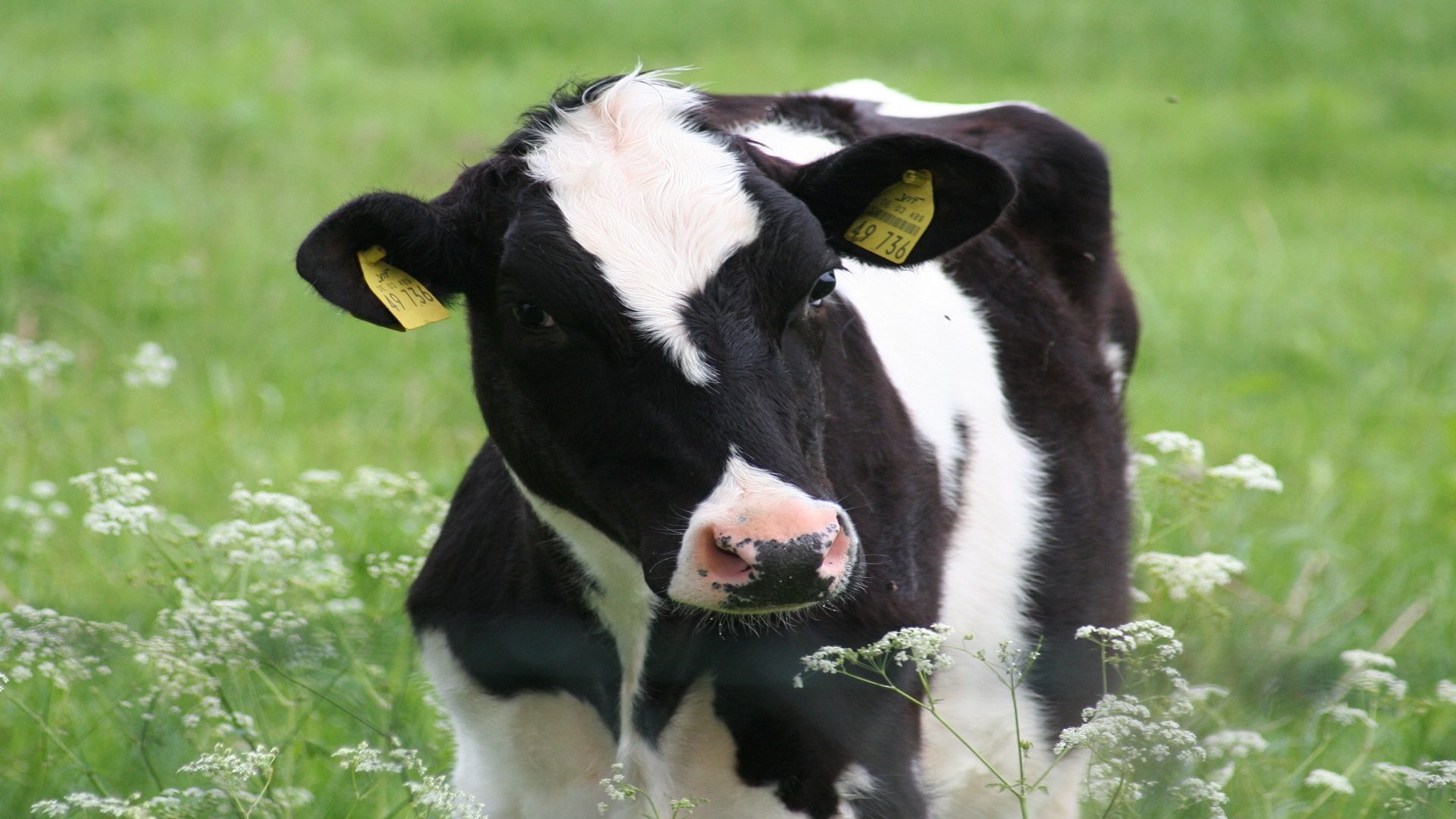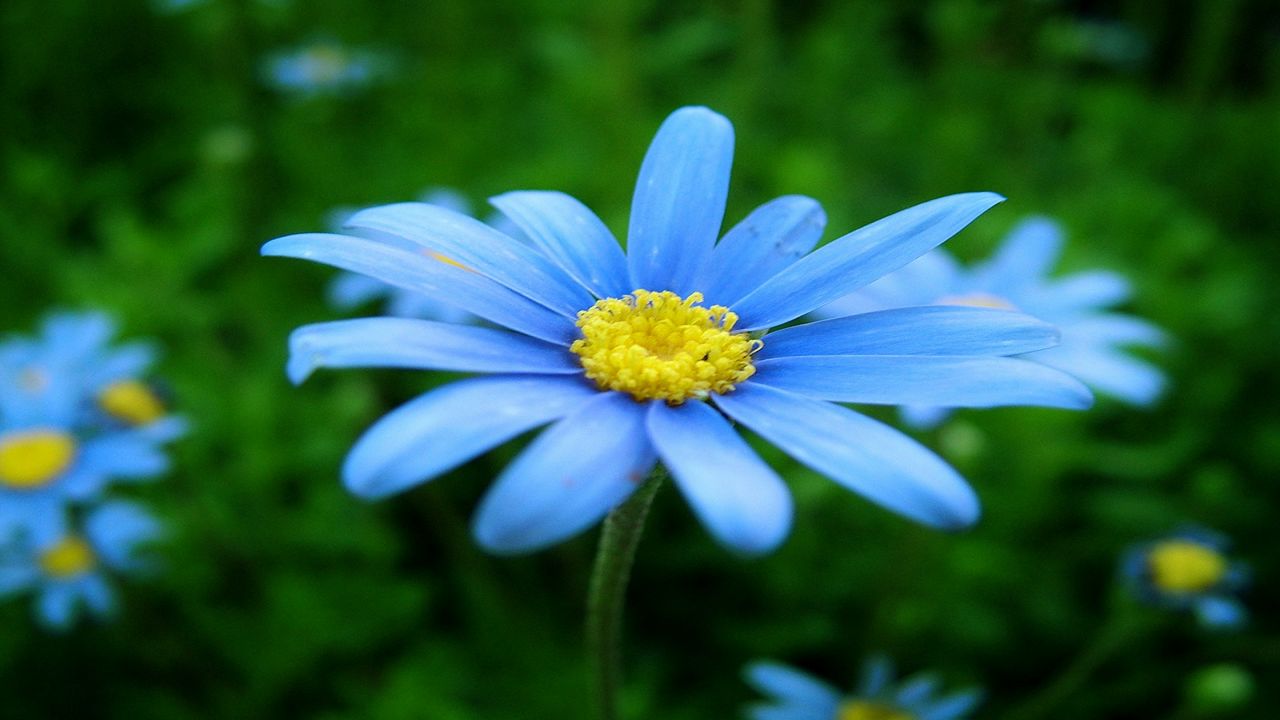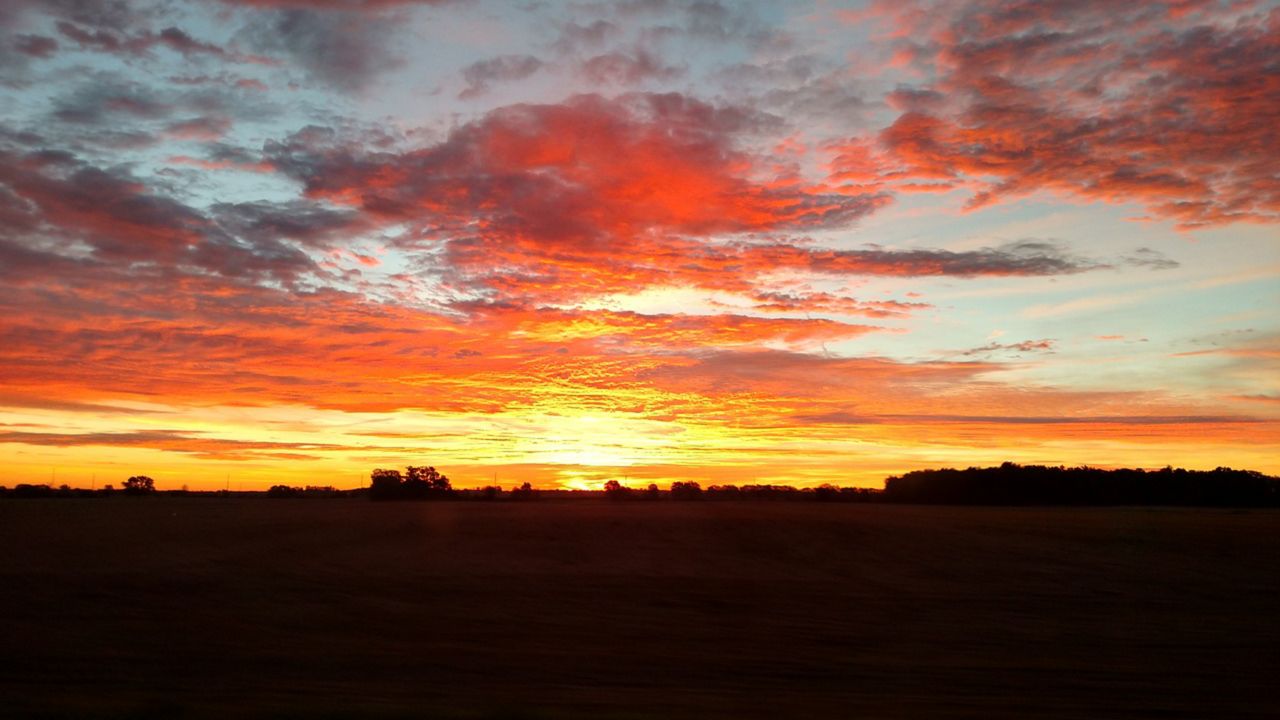One night I was scrolling through the Spectrum TV guide to find something to watch. During my search I stumbled across a movie called, “Love in the Forecast”. It’s a new Hallmark movie that features an aspiring meteorologist that finds a budding relationship with her next-door neighbor.
You’re probably thinking to yourself, “Okay Brooke, we get it, you like the cheesy romance movies, but why are you writing a blog about this?” Well, in the movie it addressed different things in nature that can “predict the weather”. I thought I’d dedicate this blog addressing those indicators in nature, and why it can help show the weather.

Indicator: You can tell the temperature by listening to the chirping of a cricket.
Reasoning: While there are a lot of variations in this theory, you can get a rough estimate of the temperature based off a cricket’s chirping. Crickets tend to chirp faster the warmer it gets, and slower the colder it gets. The simplest way to do this is to count the amount of times a cricket chirps in 15 second, and then add 40 to that number. Remember, this is a rough estimate.
(Ex. You hear 25 chirps in 15 seconds. Take 25 and add 40. The temperature will approximately be 65 degrees.)
Note: Keep in mind that cricket’s only chirp when the temperature is anywhere from about 55 to 100 degrees.

Indicator: If a daisy’s petals are closed during the day, it usually means rain is on the way.
Reasoning: This theory is due to thermonastic motion. What does this mean? Well, it refers to the difference in growth between the upper side and lower side of a petal. For example, the upper side of a petal tends to grow faster at higher temperatures than the lower side. So, when the sun is emitting its warm rays, the flower wants to open up so that the upper petals can soak it all in. Whereas, when rain clouds move through bringing in cooler temperatures, the flower closes up so that the lower petals have a chance to grow.
Note: You can only use this theory during the daytime. At night, a daisy always closes its petals.

Indicator: The strength of a flower’s fragrance usually correlates with the temperature and humidity.
Reasoning: The warmer & more humid it gets, the stronger a flower’s fragrance. Humid air traps smell, making the scent last longer. So if you’re wanting to pick a bouquet of flowers at a local farmers market, it might actually be better to do it on a hot summer day so that you know the exact smell you’re bringing home.

Indicator: A cow’s movement indicates the presence of rain.
Reasoning: Now, I do want to point out in the movie that it reversed this theory saying that when cows are moving, rain is on the way. Well, after some research, I found that actually when cows are sitting, this is usually the best signal for rain. The reason? Researchers have found that cows stand up for longer periods of time when it is hot (this tends to help lower the cow’s core body temperature, allowing more of its surface area to disperse heat). Therefore, cows would spend longer stretches lying down when it’s cooler. Since rain tends to bring cooler conditions, this would, in theory, make sense. Another explanation states that a cow is trying to save a dry spot of grass before the rain comes through. In the end, out of all the indicators in the blog, this one probably holds the least weight.
Now you can go out in nature and use these signs to help you forecast the weather.








